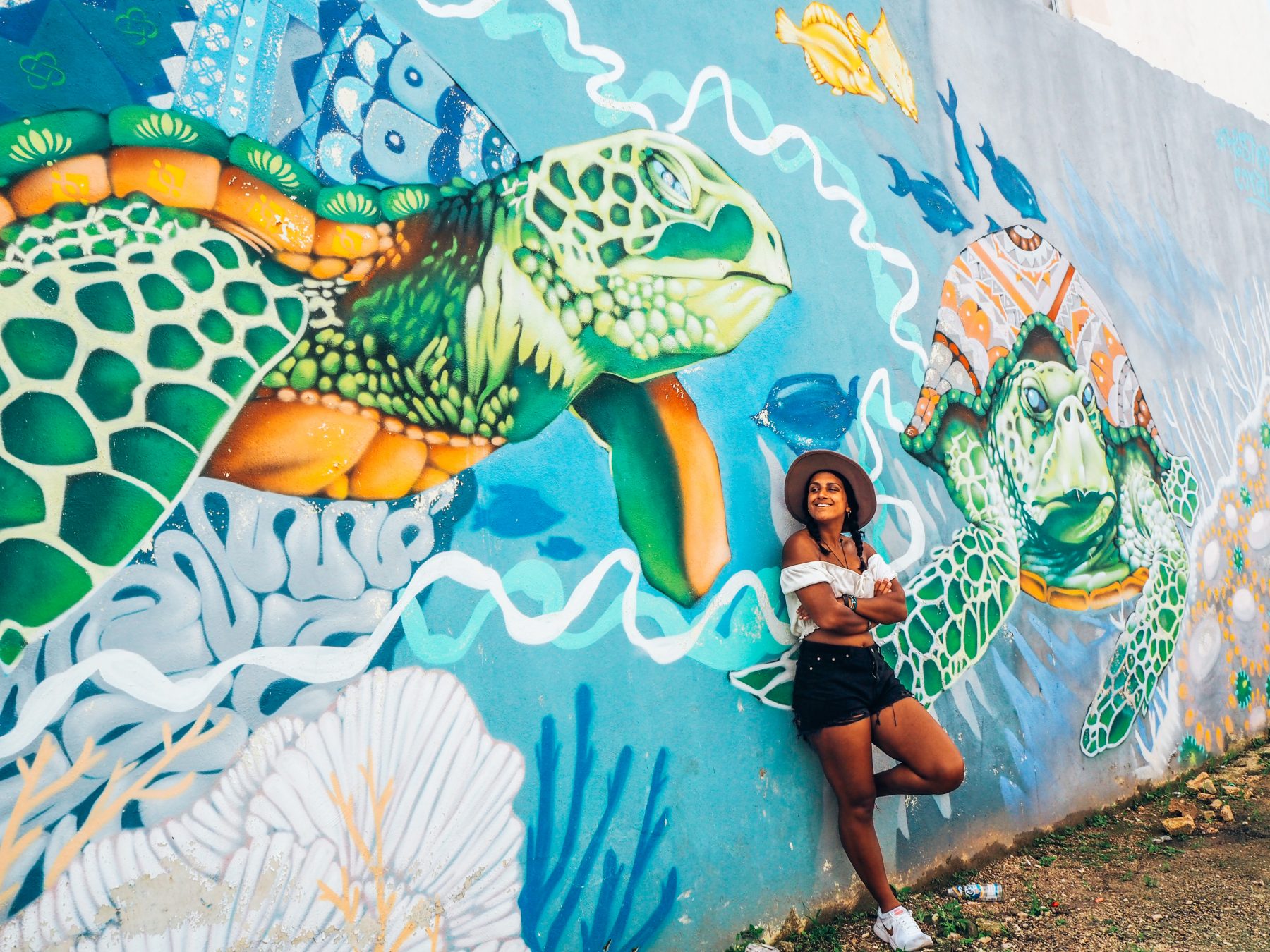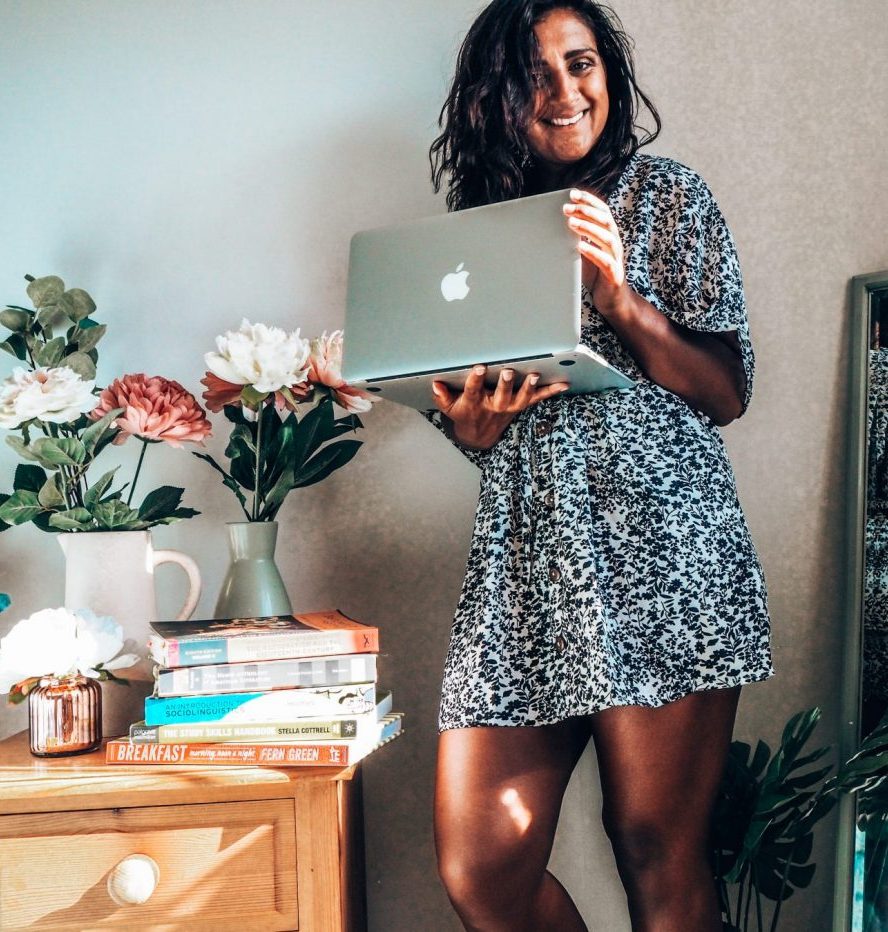With the blogging industry still finding its feet, so many seem to feel a bit lost when it comes to pitching to brands and setting your blogging rates. After a lot of chatter across Twitter and Instagram, I had a lot of requests to put together this post based on my own experiences. After nearly five years in the industry, I've learnt a lot and while it's a never-ending learning curve. It's good to know I can pass on what I've learned to those just starting out. Community is such a big part of why I love the blogger industry because I never would have become a blogger in the first place without huge support from friends I made along the way.
My experience of working with brands
I've been extremely lucky during my time blogging and have had the opportunity to work with some amazing brands. I came from a journalistic background and having already worked freelance, I knew the value of my work early on and was confident setting my rates from the beginning. I want to stress the fact that despite all the amazing opportunities that come my way, I still turn down around half of what is offered purely because it doesn't align with my blog, my audience and my own brand.
During my nearly five years of blogging, I've worked with brands in the UK, Europe, across Asia and Australia. I've had some amazing freebies including free accommodation in hostels, budget hotels and even luxury 5* resorts. I've had hot air balloon rides, jungle safaris, boat trips, culture visits, walking tours and dining experiences. But most importantly, I've been paid for featuring brands on my blog and social media – from sponsored posts and photography, to social posts and even creating content for brand websites.
Some of these amazing opportunities have been offered to me, but the majority of them have come out of my pitching to brands and showing them what I can do. By knowing how to market my skills and my own brand, I have created some incredible opportunities that hadn't previously existed. Now I'm not the biggest blogger in the world, not by a long shot, but I want this post to show you that no matter what size your following, your blog has so much potential. All you need is an engaged audience and a little bit of confidence to ask the question.

When can you start working with brands?
You can start working with brands from day one! There is no right or wrong, there are no rules. I was working with brands within a few months of starting blogging and I earned my first paycheck within less than a year of blogging – I could have probably done it earlier! I would recommend having a self-hosted blog and having a few thousand followers across your social media channels before starting to reach out to brands. But if you can prove to brands that you have an audience who will engage with your content - and with their product - then there is no reason you can't get work.
Gifted vs. Ad – A bit of clarification
When you are a new blogger - as your audience picks up, you will start to get contacted by brands who might want to gift you products in exchange for content. This will often start to happen before you get paid (ad) work from brands and can seem super exciting at first - who doesn't love a freebie! But it's important to keep some perspective when it comes to Ad and Gifting – only accept those that align with your own brand.
To clarify for new or non-bloggers – gifted products are given to influencers usually with the expectation of some coverage across your channels but no payment. Ad is used on campaigns when the influencer has been paid to create sponsored content. Sometimes you will work on both gifting and payment basis, sometimes brands will expect a lot and will not offer a fair pay/gift for the amount of work involved. It's up you to set your own rates. Read the full ASA Influencer Guidelines here.
Knowing your market and picking your campaigns wisely
Before you even consider pitching to brands, it's worth sitting down and making a plan. First, ask yourself what your niche (genre) is – for example, Absolutely Lucy is solo female adventure travel – and what your target audience is. My blog is aimed at 20-35 year old women who want to travel solo and prefer adventurous travel/budget travel – so I will only pitch to brands that align with this audience. I also have a big focus on sustainable travel/living and health and wellness – so I would focus on brands that support these values.
It can be really valuable to make a list of 10-15 brands that do align with your values and would be total goals to work with. Whether they're attainable right now or far beyond reach, setting up your parameters for blog work is essential if you're going to get the most out of your collaborations. By focusing on specific brands instead of targeting all of them, you can really show the brands more of a personal and individual approach which often leads to long-term relationships.

How do you pitch to brands?
Pitching to brands takes confidence, and it takes planning. But there is absolutely no reason why every blogger out there can't be doing it. I'm certainly no expert, I'm just sharing what has worked for me because I believe there is space for all of us in this industry. Here is my checklist for how to pitch a brand:
- Do your research and know the brand, and their values. It's important to be able to show them why you want to work with them.
- Draft a template for a pitch email – this won't be the one you send out but it's worth having a model style you are happy with which you can adapt and edit to suit each individual pitch.
- Have an awesome media kit! I'll cover this a lot more in the next section but this is a huge part of securing great collaborations!
- Choose your pitch style – sometimes you can pitch by sending an introduction email asking if they have opportunities available. But it's far better to pitch with a specific idea, or even several, when contacting a company. It shows your creativity and confidence which is what sells you to the brand.
- Track down the PR's email address - if you can't find it, try tweeting the brand to ask for it and establish a conversation early, or email the press contact.
- Put together your final pitch – this should introduce yourself and your blog, should talk about why you love the brand and how you feel they align with your own values. Then pitch your ideas and always attach your media kit. Make sure your email is perfect - no mistakes - and always be polite and friendly.
- If you get it - AMAZING! If you don't, always reply thanking them for their time and asking to be considered for future opportunities. I've had no's that have become yes' a few months down the line!

Creating an awesome media kit
This is SUCH an important factor in you succeeding at pitching brands and getting your dream collaborations. I remember when I first created my media kit. I didn't have a clue where to start so muddled something together. I've actually just given my media kit it's most recent makeover and I've never felt prouder of it. Your media kit is like your portfolio - a snapshot glance at what your blog is about. It tells a brand who you are, about your values, stats and engagement. And what both brands and your readers think of your blog. It's invaluable when contacting brands. If I can recommend you do one thing, it's spend time curating a media kit you are proud to send out.
Two top tips for creating a great media kit:
- Use Canva – it's free and amazing for creating great graphic design when you have very little skill in this area. There are lots of awesome templates already available and it's very easy to use.
- Read this amazing blog post by The Travelista - it taught me so much about what a media kit should include and how to create the best one you can.
Make sure your media kit is styled to represent your blog. Mine is colourful and showcases my photography. Always write a personal section about why you love blogging and creating. Include your important stats – social media following across channels, unique monthly users, DA. Plus it's worth putting a breakdown of male/female, age, location of your audience. I include a logo section of the top brands I have worked with previously. Followed by a testimonials section with comments from brands on why they loved working with me. Then testimonials from readers about how my blog has helped them.

Setting your blogging/influencer rates
Now this is the tricky one because everyone's rates and standards are different. But if there's one thing this industry really needs, is a clearer idea of what is fair. So many bloggers are seriously undercharging, or worse still, not charging at all for their services. I want to make it clear here and now. If a brand is gifting you a product or experience in exchange for featuring on your blog or social media you have a right to ask for payment. The question then arises – how much payment can you ask for?
This depends on a lot of factors. How much coverage the brand are asking for – whether just words, images, social media posting, whether a link is involved. The brand will take into account your blog following, your social media stats, your engagement, DA. As well as various other stats to measure your reach and influence. It's important to know your worth in terms of stats. Have your media kit ready to prove it – and to be ready to stick to your guns. A sponsored post could range anywhere from £50-500 and beyond depending on the size of your following. You could even be paid for reviews and writing articles and features for brand websites. You could charge for social posts, links, basically anything where you are featuring a brand.

Don't be fooled by low-paying "PRs"
Be aware there are a lot of dodgy "prs" or "seo outreach" workers. They may contact you offering terribly low amounts in exchange for links etc – they might offer £20-30 a post. You have to set your own worth because there will always be someone trying to undercharge you. I personally refuse to work for this low an amount – why? Because I have to take into account the time spent writing and creating a post. The time spent on photography, the money spent on equipment. The time spent building my blog following and social media presence. That is worth something and it took a bloody lot of time and hard work. Working for the lowest rates going doesn't pay my bills. It doesn't satisfy my own mind when I know how much my work is worth.
Stick to your guns and know your worth
Don't be afraid to turn down work because they offer too low a price for your standards. Brands always have a budget, they just have to decide where they want to spend it. Last month I turned down a job because it paid too low and this month the same company came back and met my price. If you don't set and stick to your rates, you'll never get paid your rates. Remember, for each time a blogger works for free, a brand will refuse to pay another blogger for the next job. Everything we do in the industry has a knock-on effect. We all have a duty to push the industry towards fair payment for all.
How did I set my rates?
Honestly? Trial and error. I was lucky and knew a bit from freelancing for newspapers. But I still had to figure it out on my own. Speak to blogger friends with the same size following to get an idea of what they ask for. Set a guideline rate and then add 10-20%. I always ask for a bit more than I will settle at so there is room to negotiate. This gives space to find a price that works for both the brand and myself. Remember, you have to get it wrong a few times to figure out your own standard. But practice makes perfect and the only way to learn, is by trying!
What are your top tips for pitching to brands? How did you set your rates?













